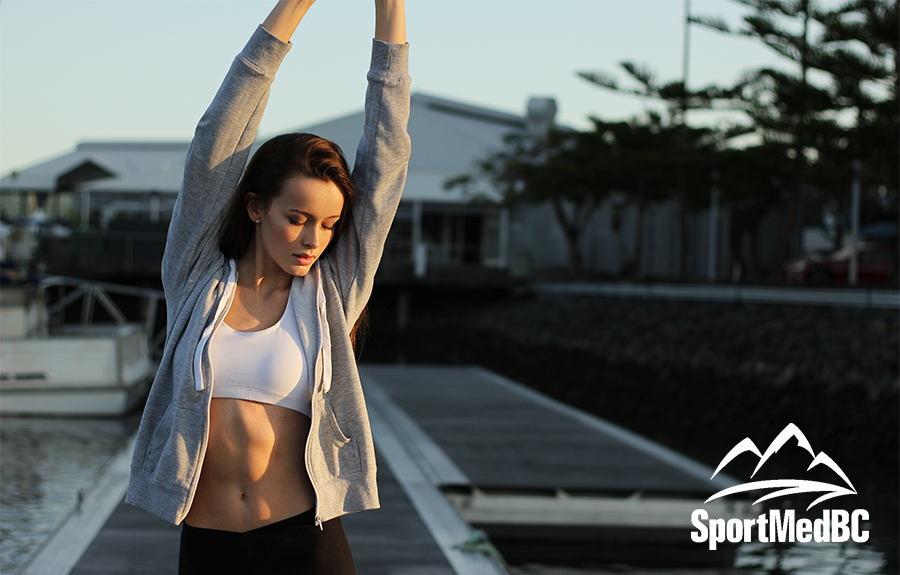Developing flexibility
Jul 21, 2016

Flexibility is specific for each joint in the body. How structural features including muscles, tendons, ligaments, and bones are put together, can limit a joint’s range of motion. Range of motion is how far your joints can bend, and in what direction.
Despite structural limitations to a joint, it is almost always possible to improve flexibility by stretching your muscles. Appropriate stretching has many benefits, including better performance and potentially fewer injuries. Pay particular attention to the areas that you feel are the tightest. In runners and walkers, these are usually the low back, hamstrings, and calves.
General Guidelines
- Always work on your flexibility after a vigorous warmup. Following a training session would be an ideal time.
- Allow a minimum of 10-15 minutes. A more thorough flexibility session may require 30 to 60 minutes. Be creative – flexibility sessions can be done in front of the TV or while listening to your favourite music.
- Use slow, static stretching and holding techniques. Hold the stretched position for at least 15-20 seconds. (You can improve your results by holding your stretches longer (30 seconds to 2 minutes).
- Repeat each stretch a minimum of 3 times, although greater results may be achieved when the stretch is repeated up to 5 times.
- Perform each stretch with the recommended body position. Remember changing the body position will compromise the effectiveness of the stretch.
- Breathe in a relaxed and free manner. Try exhaling slowly as you move further into the stretched position.
- *At no time should pain accompany any of the stretches.
For information, contact info@sportmedbc.com
